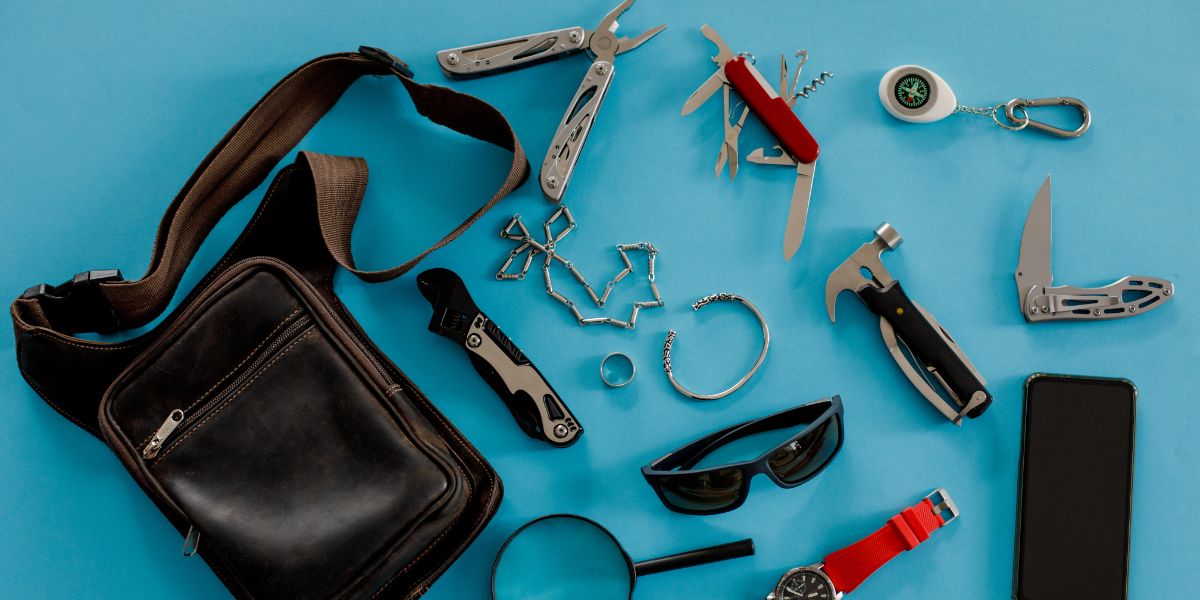
When you're heading into the wild for a camping trip, safety should be your top priority. Choosing the right campsite is crucial, but it doesn't stop there. You'll need to pack essential gear and be aware of local wildlife. Understanding basic first aid can make a significant difference in emergencies. Curious about how to prepare effectively and stay safe? Let's explore the key tips that can help ensure your adventure is both enjoyable and secure.
Choosing the Right Campsite
When you're planning a camping trip, choosing the right campsite is crucial for a safe and enjoyable experience. Start by finding a location that fits your group's needs and skill level.
Look for flat, dry ground away from water sources to prevent flooding and insect issues. Consider the proximity to trails and attractions, ensuring you can easily access activities without venturing too far.
Always check for local regulations and fire restrictions, as these can affect your plans. Pay attention to potential hazards, like dead trees or wildlife activity.
Finally, if you're camping with others, communicate about your preferences to find a site everyone enjoys. A well-chosen campsite sets the stage for memorable adventures in the great outdoors.
Essential Gear for Safety
Safety gear is a camper's best friend, ensuring you're prepared for unexpected situations.
Always pack a first-aid kit stocked with bandages, antiseptics, and any personal medications. A reliable flashlight or headlamp with extra batteries can guide you through the dark and help avoid hazards.
Don't forget a multi-tool; it's handy for various tasks, from food prep to gear repairs. A whistle can signal for help if needed, while a firestarter is essential for warmth and cooking.
Make sure you have a sturdy map and compass or a GPS device to navigate unfamiliar terrain. Lastly, consider a portable phone charger to keep communication open in emergencies.
With this essential gear, you'll feel more secure and ready for your camping adventure.
Wildlife Awareness and Precautions
Understanding wildlife awareness is crucial for a safe camping experience, as encounters with animals can pose risks if precautions aren't taken.
Keep your food secured in bear-proof containers and never leave scraps around your campsite. Avoid hiking alone and always make noise to alert animals of your presence.
Familiarize yourself with the local wildlife—know which animals are dangerous and how to behave if you encounter them. Don't approach wild animals for photos; maintaining distance is key to safety.
If you spot any wildlife, stay calm and back away slowly. Lastly, educate yourself on local regulations regarding wildlife interactions to ensure you're respecting their habitat.
Staying informed and cautious goes a long way in ensuring a safe adventure in the wild.
First Aid and Emergency Preparedness
Being prepared for emergencies can make a significant difference in your camping experience, as injuries or unexpected situations can arise at any moment.
Start by packing a well-stocked first aid kit that includes bandages, antiseptic wipes, pain relievers, and any personal medications. Familiarize yourself with basic first aid techniques, like how to treat cuts, sprains, or bites.
It's also wise to carry a whistle, flashlight, and a multi-tool for emergencies. Ensure your phone is charged and consider downloading offline maps or emergency apps.
Share your itinerary with someone who isn't going with you, so they know where to look if you don't return.
Conclusion
In conclusion, prioritizing safety while camping is crucial for an enjoyable experience. By choosing the right campsite, packing essential gear, staying aware of wildlife, and being prepared for emergencies, you can minimize risks. Remember to stay hydrated, communicate with your group, and follow local regulations. Practicing Leave No Trace ensures you protect the environment for future campers. With these tips in mind, you're set for a safe and memorable outdoor adventure!
Trending Products














